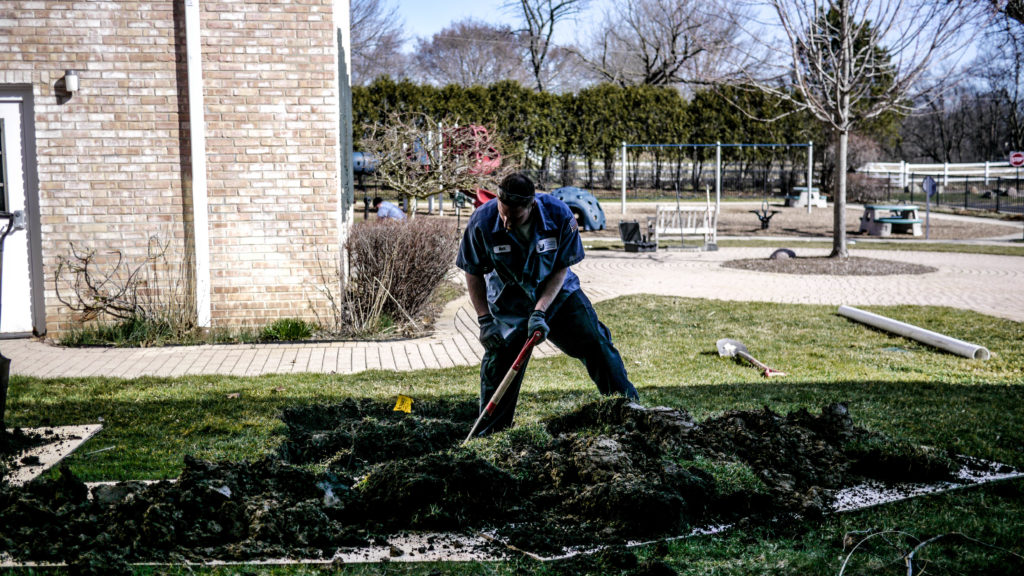Plumbing problems can be costly but if you don’t address them, you can cause irreversible damage to your home. It’s important to pay attention to the signs, no matter how small they may seem in the beginning.
Sometimes you might not even know that there’s a problem. Therefore, it’s crucial to analyze the following hidden signs.
1. Low Water Pressure
There’s nothing more annoying than wanting to take a refreshing shower and it does not go according to plan. Low water pressure may be an indication that there’s something clogging up your pipes. A leaking pipe can block the flow of water which can make the water pressure feel as though someone is just pouring a water bottle over your head. Low water pressure throughout your home is a clear sign that you have a plumbing leak.
It’s important to figure out if your leaking pipe is confined to one area of your home or whether it’s affecting your entire plumbing system. If your water is leaking in more than one location, turn off all your taps and check your water meter. If the number of gallons has changed on your water meter, you might have a leak that needs to be repaired.
2. Slow Drainage
Your sink or shower can have a build-up of hair or soap-filled body products but when pipes throughout the house become slow to drain, you could have a clog in the main sewer line. If you’re trying to clear out the stubborn blockage you could cause more damage to your pipes. It’s important to call a professional plumber as soon as possible.
3. Damaged Wallpaper or Paint
If you start to notice cracking, peeling or blistering paint in your walls or ceiling this may be a sign of a plumbing leak. Drywall can start to have a bubble-like texture and eventually will fall apart. If your drywall gets damaged it will have to be torn out, patched, and painted. This can be a lengthy process if you don’t have the right resources. Improovy has you covered with everything from drywall repair to a full clean-up. This interior painting service will repair every surface, whether it’s caused by water damage or a drill.
4. Higher Water Bills
A climbing water bill is usually a clear sign that there is some major leaking going on in your plumbing system. If you can’t explain a sudden increase in your water bill, don’t hesitate to call a plumber to investigate potential leaks. High water bills are usually the first sign that your house needs to be examined by a professional. Don’t wait until it’s too late.
5. Mold or Mildew
Don’t forget to use your senses to analyze if your home needs a plumber. Mildew is a musty smell that can become increasingly pungent. It can grow in areas of your home that have a plumbing leak. It will usually develop within 48 hours of water exposure. However, sometimes they’re invisible to the human eye as they can be concealed within your floor due to a broken heating pipe. If you notice your tiles bulging, this could be a sign of a leak.
Another sign you might need a plumber is mold, which is a fast-spreading bacteria that feeds on the moisture of different structural materials. Mold can lead to health problems such as sore throat, coughing, headache, watery eyes, and sneezing. Contact a plumber immediately if you find mold in your home, as it could be a sign of a plumbing leak.
If you spot any of these 5 signs your home probably needs to be examined by a professional plumber in Chicago. Make sure your plumbing leak doesn’t become a plumbing disaster in the long run and contact the Scottish Plumber today.





